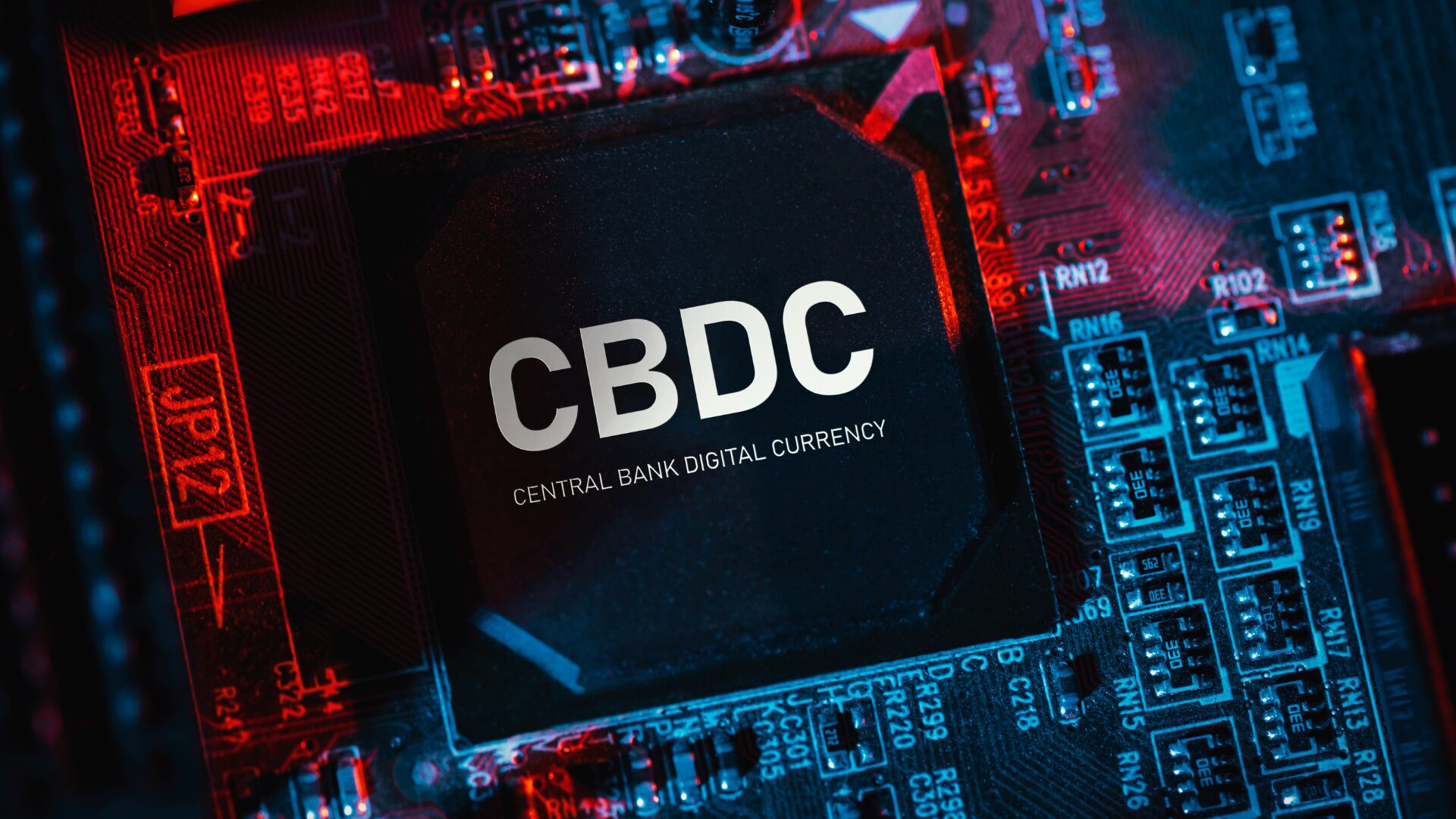In an era marked by rapid technological advancement and a shift towards digitization, the financial world has witnessed a significant evolution in the form of digital currencies and Central Bank Digital Currencies (CBDCs). These novel monetary systems are reshaping the global economic landscape, offering innovative solutions to traditional financial challenges and creating new paradigms in the process. As such, there is a growing global intrigue and acceptance of these monetary forms, signifying a pivotal change in the way financial transactions are conducted.
Surge of Digital Currencies in the Current Era
The year 2024 stands as a landmark in the chronicles of digital currencies, showcasing notable growth trends and technological innovations. The blockchain and cryptocurrency domains have burgeoned, introducing decentralized applications and a variety of blockchain ecosystems like Ethereum, BSC, Polygon, and Arbitrum. These advancements have led to a substantial increase in Ethereum’s Layer2 solutions’ Total Value Locked, underlining a heightened interest in digital assets including major players like Bitcoin and Ethereum. This escalation reflects the burgeoning interest and confidence in digital currencies, heralding a new age of financial technology.
Progress and Impact of CBDCs
The development of CBDCs has seen remarkable strides globally, with a focus on diversifying their application in retail, wholesale, and cross-border transactions. These digital forms of central bank money have significant implications for international commerce, financial accessibility, and monetary governance. There’s an ongoing discourse in the industry regarding the synergy between CBDCs and other regulated monetary forms like tokenized deposits and regulated stablecoins. This discussion is pivotal in understanding the future trajectory and integration of CBDCs in the global financial system.
The Regulatory Framework and Institutional Embrace
As we delve deeper into the world of digital assets, the regulatory landscape emerges as a critical factor. The U.S. Securities and Exchange Commission (SEC) and the European Union’s MiCA framework play instrumental roles in shaping this domain. The much-anticipated sanction of Bitcoin ETFs marks a significant shift, signaling a new era of institutional investment in digital assets. This shift underscores a movement towards compliance, structured growth, and reinforced investor protection, reflecting a maturing market that values legitimacy and structured investment strategies.
Technological Innovations and Artificial Intelligence in Finance
The integration of generative AI into the fintech sector has opened new horizons, particularly in reporting, compliance, and enhancing user experiences. The fusion of AI and machine learning with embedded finance technology has been a game-changer, pointing towards a future where financial services are more integrated, efficient, and user-centric. Digital wallets and digital identities are increasingly becoming pivotal in enhancing the security and usability of digital currencies, playing a crucial role in the evolution of financial technologies.
Market Dynamics and the Future of Digital Finance
As we observe the market trends in 2024, the growth in A2A payments and the role of open banking in mitigating fraud are particularly noteworthy. The financial sector is also experiencing shifts due to economic pressures and the need for differentiation in the payments and fintech arena. Looking ahead, the digital currency space is poised for significant developments, potentially ushering in a more sustainable bull market characterized by widespread adoption and innovative activities.
Summarizing the Digital Currency Landscape
In conclusion, the terrain of digital currencies and CBDCs is undergoing a transformative period. The escalation in global adoption, coupled with the advancements in blockchain technologies and the regulatory frameworks shaping this evolution, paints a picture of a dynamic and rapidly evolving financial ecosystem. As digital currencies gain traction and CBDCs find their footing in the global market, the implications for international trade, financial inclusion, and monetary policy are profound. With the integration of AI and emerging technologies, the future of digital finance looks not only promising but also revolutionary. This shift towards digital currencies and CBDCs signals a new chapter in the annals of financial history, one that is defined by innovation, integration, and a redefined approach to monetary transactions. As we move forward, it is evident that these digital assets will continue to play a pivotal role in shaping the future of global finance.

